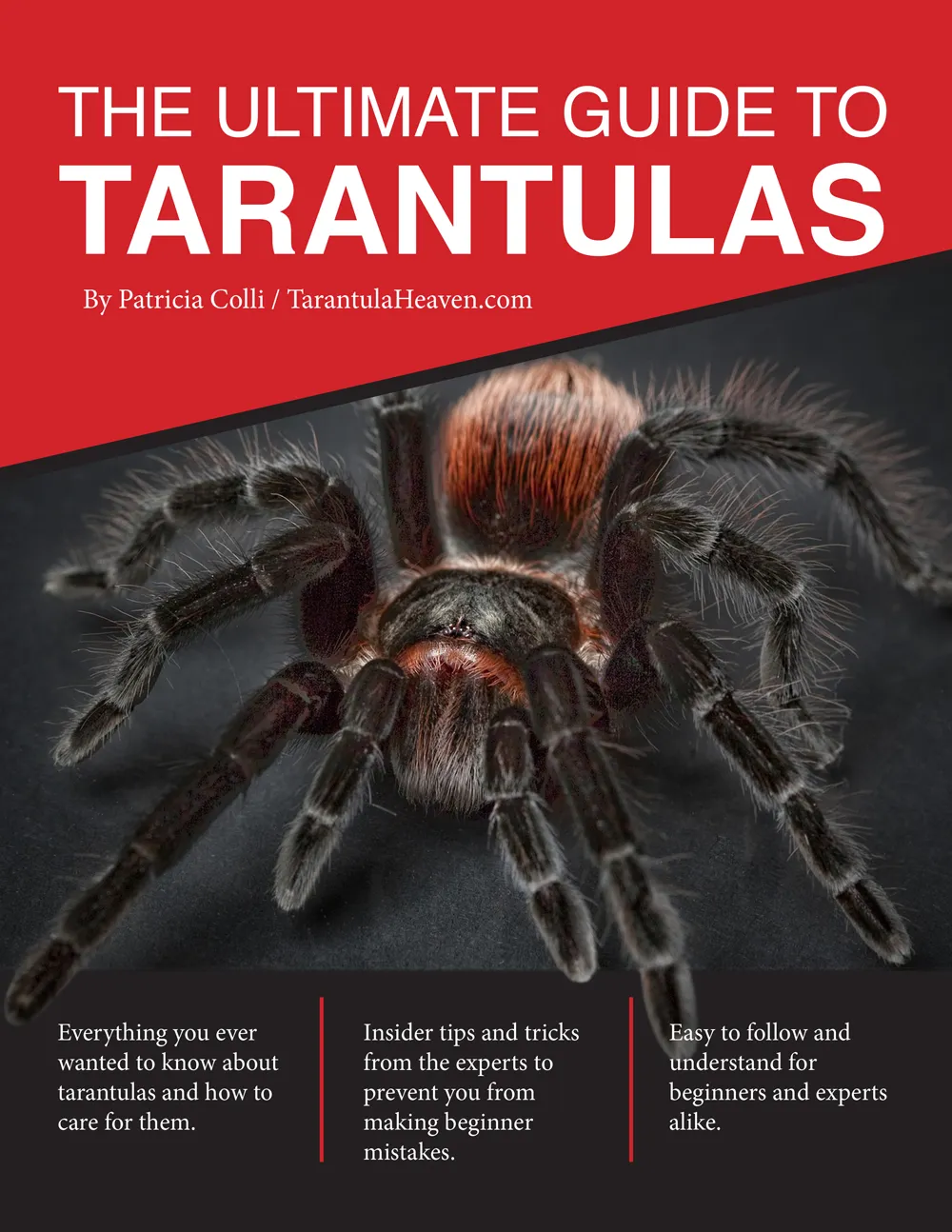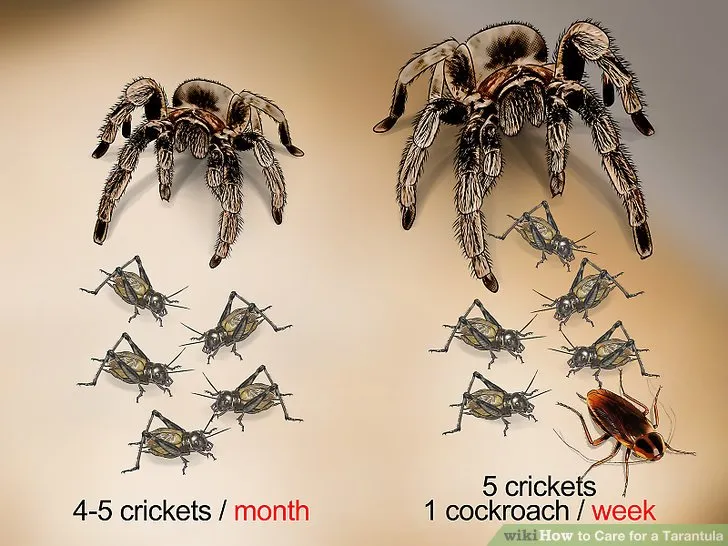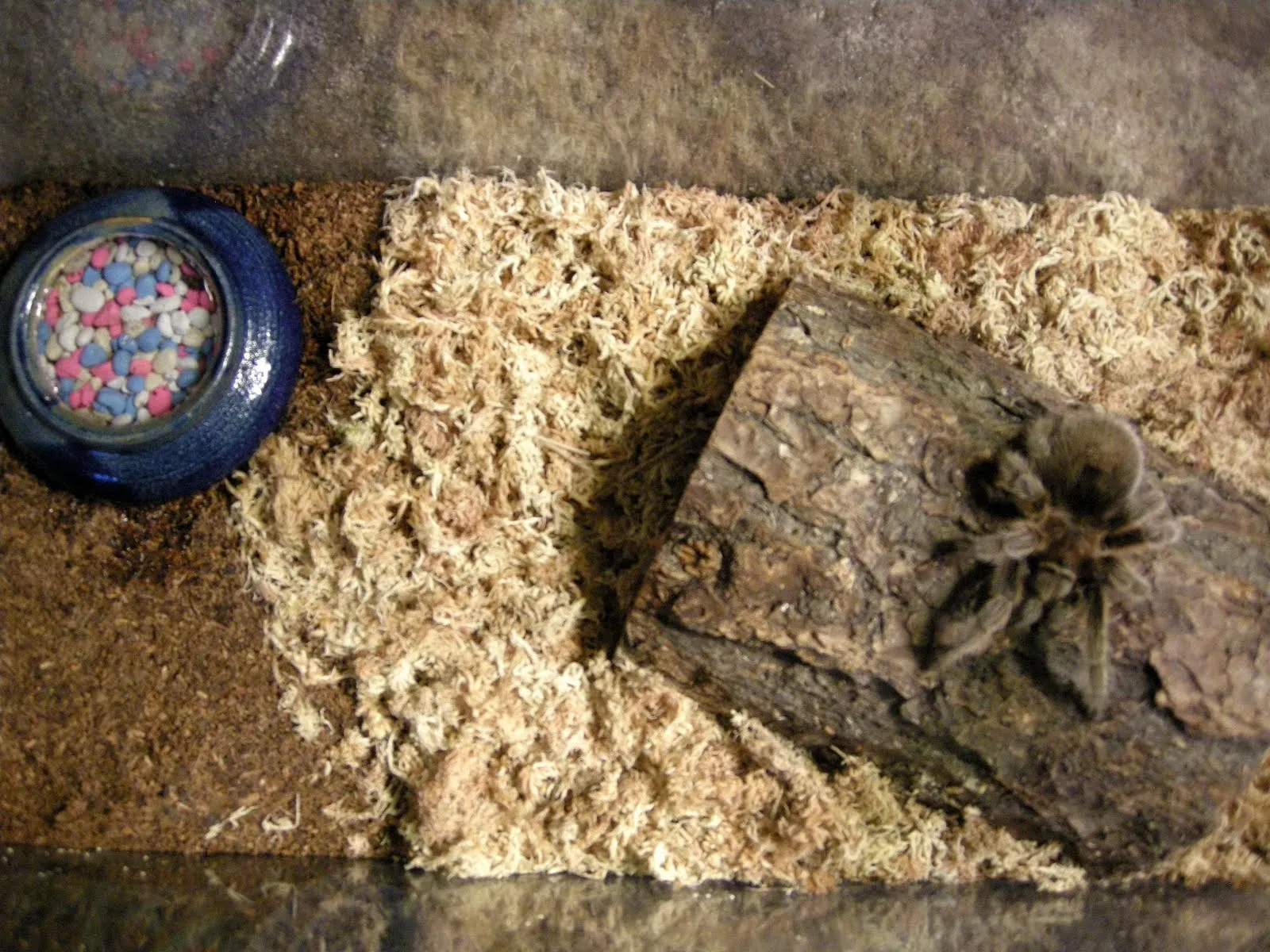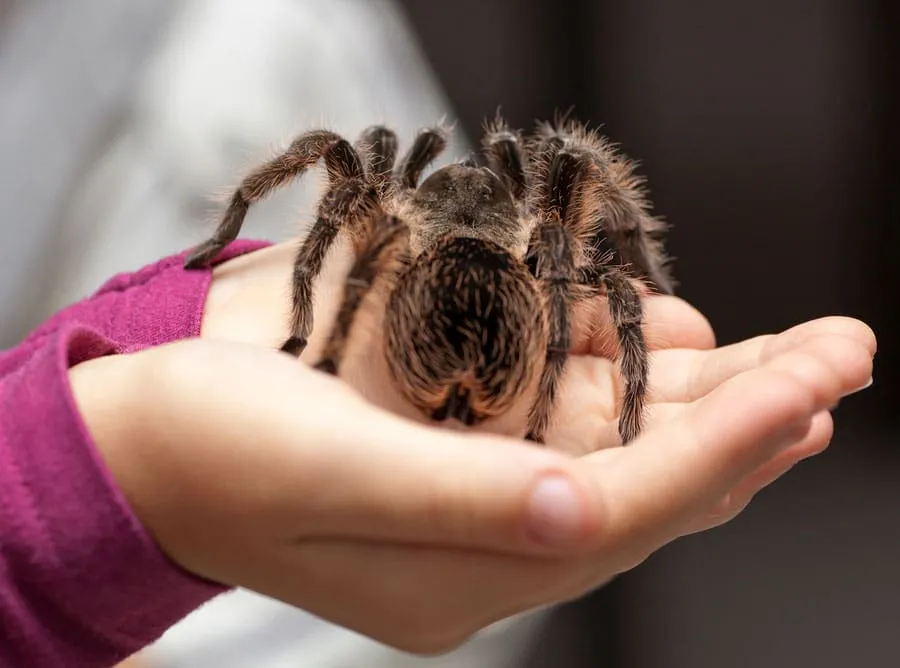Tarantulas, with their impressive size and intriguing behaviors, have become popular pets for many. But with so many species available, choosing the right one can be daunting, especially for beginners. This guide breaks down the easiest tarantulas to care for, focusing on temperament, care requirements, and overall suitability for those new to the hobby. We’ll explore key factors that determine a tarantula’s ease of care and highlight the top five species that make excellent pets for beginners. Get ready to delve into the captivating world of tarantulas and discover which ones are the best fit for you.
What Makes a Tarantula Easy to Care For
Several factors contribute to a tarantula’s ease of care. These include temperament, growth rate, lifespan, and specific care needs. Understanding these elements will help you choose a tarantula that aligns with your experience level and lifestyle. A beginner-friendly species should ideally be docile, have straightforward care requirements, and not require specialized setups.
Temperament and Handling
Temperament is a crucial consideration. Docile species are less likely to bite or exhibit defensive behaviors, making them easier to handle (though handling should always be approached with caution). Some tarantulas are more skittish or prone to flicking urticating hairs, which can cause skin irritation. Choosing a tarantula known for its calm nature will significantly enhance your overall experience.
Docility and Venom Potency

The docility of a tarantula refers to its temperament and willingness to interact. Venom potency is another key consideration, though most tarantula bites are not life-threatening to humans. However, a less potent venom coupled with a more docile temperament results in a safer and more manageable pet.
Growth Rate and Size
Tarantulas that grow at a moderate pace are often easier to care for because their needs evolve more gradually. Rapidly growing species may require frequent rehousing and adjustments to their enclosure. Smaller or medium-sized tarantulas are generally easier to manage than larger ones, as they require less space and resources.
Lifespan
Tarantulas have varying lifespans, with females typically living longer than males. Considering the lifespan is important as tarantulas can be a long-term commitment. Species with moderate lifespans provide a good balance between the enjoyment of having a pet and the commitment required.
Top 5 Beginner-Friendly Tarantula Species

Here are five tarantula species that are known for their easy care requirements and suitability for beginners. Each species has unique characteristics, but all are generally docile and manageable.
1 Chilean Rose Hair Tarantula (Grammostola rosea)
The Chilean Rose Hair is one of the most popular beginner tarantulas. They are known for their docile temperament and relatively low-maintenance care requirements. These tarantulas are typically slow-moving and less prone to defensive behaviors, making them easier to handle (with caution). Their reddish-brown coloration and gentle nature make them a favorite among new owners. See the image of the habitat to have a great start.
Care Requirements
These tarantulas thrive in a terrestrial setup with a substrate of peat moss or coconut fiber. Maintaining a temperature of 70-80°F (21-27°C) and a humidity level of 60-70% is ideal. Feeding them a diet of crickets, mealworms, or roaches once or twice a week is sufficient. Always provide a shallow water dish for hydration.
Pros and Cons

- Pros: Docile temperament, relatively low maintenance, readily available.
- Cons: Can be prone to stress, may flick hairs as a defense mechanism.
2 Pinktoe Tarantula (Avicularia avicularia)
Pinktoe tarantulas are arboreal, meaning they live in trees. They are known for their beautiful appearance, with pink toes and a striking coloration. Their care is more demanding than terrestrial species but they still are a great option for beginners.
Care Requirements
Provide an arboreal setup with plenty of vertical space and secure branches or cork bark for climbing. Maintain a temperature of 75-85°F (24-29°C) and a humidity level of 70-80%. Regular misting is essential to maintain humidity. Feed them insects of appropriate size once or twice a week.
Pros and Cons

- Pros: Beautiful appearance, relatively docile, active and interesting to watch.
- Cons: Requires higher humidity, more prone to bolting.
3 Curly Hair Tarantula (Tliltocatl albopilosus)
Curly Hair tarantulas are another excellent choice for beginners. They are known for their gentle disposition and distinctive curly hairs. These tarantulas are hardy and relatively low-maintenance, making them a great option for those new to tarantula care.
Care Requirements
These tarantulas thrive in a terrestrial setup with a substrate of peat moss or coconut fiber. Maintain a temperature of 70-80°F (21-27°C) and a humidity level of 60-70%. Feeding them a diet of crickets, mealworms, or roaches once or twice a week is sufficient. Provide a shallow water dish for hydration.
Pros and Cons

- Pros: Hardy, docile, readily available.
- Cons: May flick hairs, can be less active than other species.
4 Mexican Red Knee Tarantula (Brachypelma hamorii)
The Mexican Red Knee is another popular choice for beginners, famous for their striking orange and black coloration. They are generally docile and have straightforward care requirements, making them a great option for those new to the hobby.
Care Requirements
Provide a terrestrial setup with a substrate of peat moss or coconut fiber. Maintain a temperature of 70-80°F (21-27°C) and a humidity level of 60-70%. Feed them a diet of crickets, mealworms, or roaches once or twice a week. A shallow water dish is essential.
Pros and Cons

- Pros: Docile temperament, beautiful appearance, relatively long-lived.
- Cons: Can be slow-growing, may flick hairs.
5 Green Bottle Blue Tarantula (Chromatopelma cyaneopubescens)
Despite their advanced appearance the Green Bottle Blue Tarantula is considered a great option for beginners. Their bold colors combined with a low-maintenance care routine make them a stunning pet. They are known for their vibrant coloration and manageable care requirements.
Care Requirements
These tarantulas thrive in a terrestrial setup with a substrate of peat moss or coconut fiber. Maintain a temperature of 70-80°F (21-27°C) and a humidity level of 60-70%. Feeding them a diet of crickets, mealworms, or roaches once or twice a week is sufficient. Always provide a shallow water dish for hydration.
Pros and Cons
- Pros: Striking appearance, relatively hardy, active.
- Cons: Can be more skittish than some other beginner species.
Essential Tarantula Care Tips
Caring for a tarantula involves more than just choosing the right species. Providing the right habitat, understanding their dietary needs, and practicing safe handling are essential. Here are some essential tips to ensure your tarantula thrives.
Creating the Right Habitat
The enclosure should be appropriate for the tarantula’s size and species. Terrestrial tarantulas need more floor space, while arboreal species need height. A secure lid is crucial to prevent escapes. The substrate should be suitable for burrowing or maintaining humidity. Providing hiding places, such as cork bark or artificial plants, will make the tarantula feel secure.
Temperature and Humidity
Maintaining the correct temperature and humidity levels is critical for your tarantula’s health. Use a thermometer and hygrometer to monitor the environment. Use a heat lamp or heat pad to keep the tank warm. Misting the enclosure regularly (for arboreal species) or keeping a shallow water dish (for terrestrial species) will help maintain proper humidity. See the image of the habitat.
Substrate and Enclosure Size
The substrate should be non-toxic and suitable for the tarantula’s burrowing or humidity needs. Coconut fiber, peat moss, and vermiculite are popular choices. The enclosure size should be appropriate for the tarantula’s size, allowing space for movement and activities. The size of the enclosure must be appropriate to its life stage.
Feeding and Watering
Tarantulas are carnivores and primarily eat insects. Crickets, mealworms, and roaches are common food sources. The frequency of feeding depends on the tarantula’s age and species. Always provide a shallow water dish filled with clean water. Remove uneaten food to prevent mold and mites.
Dietary Needs
The diet should consist primarily of insects. The size of the prey should be appropriate for the tarantula’s size, typically no larger than the tarantula’s body. Varying the diet with different types of insects provides a balanced nutrition. See the image of a feeding.
Watering Schedule
A shallow water dish should be available at all times. For arboreal species, misting the enclosure regularly can help maintain humidity and provide a water source. Ensure the water is fresh and clean to prevent bacteria growth.
Handling and Safety Precautions
Handling a tarantula is best avoided, especially for beginners. If you must handle your tarantula, do so over a soft surface to prevent injury if it falls. Be mindful of the tarantula’s body language and avoid startling it. Wash your hands before and after handling.
Best Practices for Interaction
If you choose to handle your tarantula, do so with extreme caution. Avoid sudden movements. Be gentle, and do not squeeze or drop the tarantula. It is best to allow the tarantula to walk onto your hand, rather than picking it up. Always supervise children when they are near the tarantula.
Recognizing Signs of Stress
Observe your tarantula for signs of stress. These can include defensive postures, such as rearing up or flicking hairs. If the tarantula seems stressed, leave it alone. Providing a secure environment and avoiding unnecessary handling will help your tarantula thrive.
Choosing the right tarantula can be a rewarding experience. The Chilean Rose Hair, Pinktoe Tarantula, Curly Hair Tarantula, Mexican Red Knee, and Green Bottle Blue Tarantula are excellent choices for beginners due to their manageable care requirements and docile temperaments. Always research the specific needs of any tarantula species before bringing it home, and prioritize creating a safe and comfortable environment for your new pet. By following these guidelines, you can enjoy the fascinating world of tarantulas and provide your pet with a happy and healthy life.
